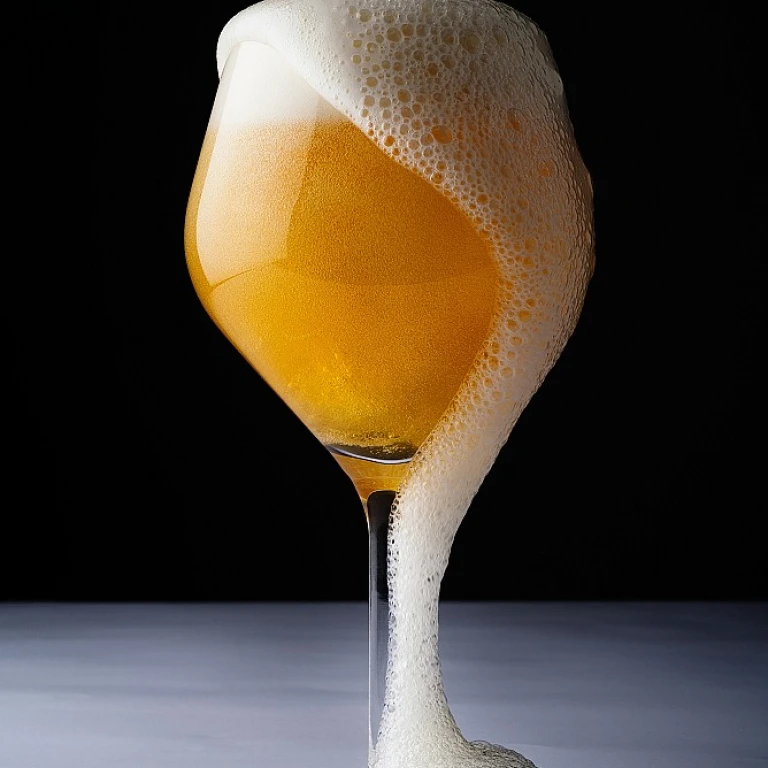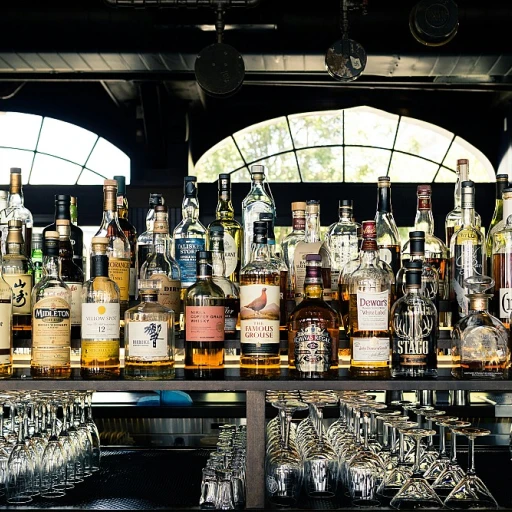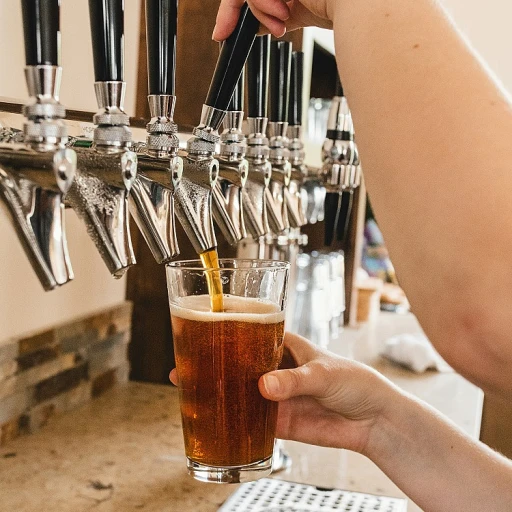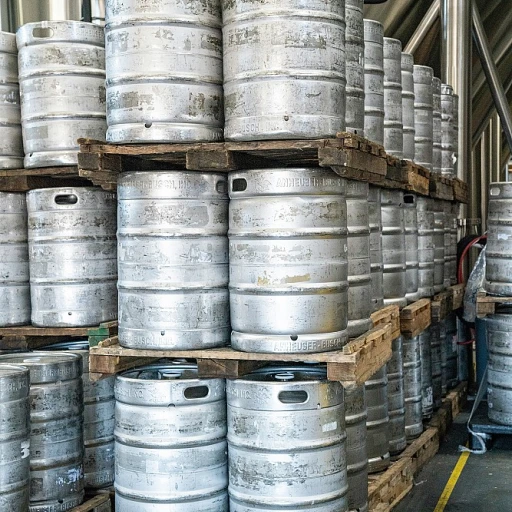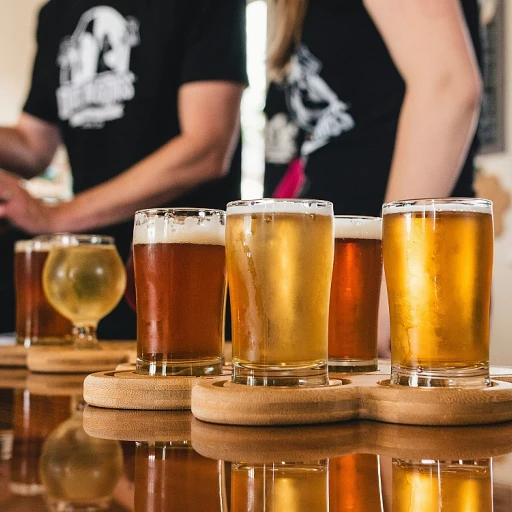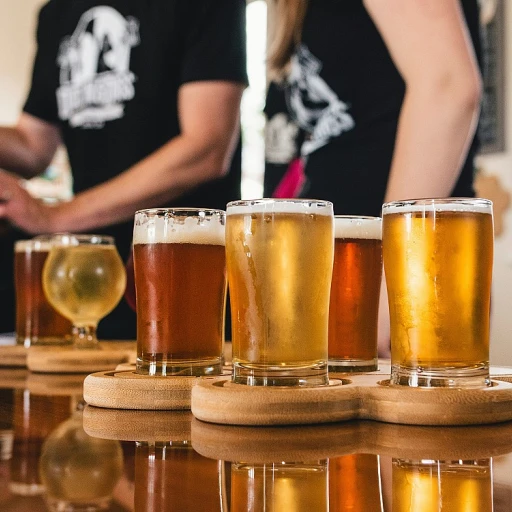The Allure of Imported Beers
The Intrigue Behind International Flavors
Imagine the excitement of exploring a diverse range of tastes from all over the world, each telling its story with every sip. The charm of imported beers lies in their ability to offer unique flavors that spice up the local beer connoisseur's palate. These beers, crafted with regional ingredients and traditional techniques, capture the essence of their origins. Whether it's enjoying the rich flavors of a Mexican brew or sipping the smoothness of a German lager, the world of imported beer is an invitation to a journey through cultural and sensory exploration.
Many drinkers are eager to expand their horizons beyond the usual offerings, and imported beers provide an opportunity to experience complex profiles and varied beer styles. As you venture into the realm of international beers, you'll soon appreciate the intricacies of distinct brewing styles and the perfect balance achieved in each concoction.
Understanding Beer Styles and ABV
Decoding Beer Styles and Alcohol by Volume (ABV)
Understanding beer styles and their alcohol by volume (ABV) can enhance your appreciation of imported beers significantly. When venturing into the realm of international brews, it's essential to recognize how these factors influence your experience.- Beer Styles: The world of beer offers a dizzying variety of styles, each with its unique characteristics. From the refreshing crispness of lagers to the robust flavor of stouts, imported beers bring an array of taste profiles. Whether you're enjoying a classic Belgian ale or a spicy saison, each beer tells its own story. Different countries and cultures have put their stamp on these styles, providing endless opportunities to discover new favorites.
- Alcohol by Volume (ABV): ABV is a crucial element to consider when selecting imported beers. It denotes the percentage of alcohol present in the beer, impacting both flavor intensity and the overall drinking experience. Higher ABV beers often have more pronounced flavors and can be more indulgent, while those with lower ABV are generally lighter and more sessionable. Exploring the delights of *Koshihikari Echigo Beer* can be an excellent way to delve into the nuances of ABV in imported beers.
Packaging Matters: Cans vs. Bottles
Evaluating the Pros and Cons of Beer Containers
When it comes to importing beers, the choice between cans and bottles is often a topic of discussion among enthusiasts. Both packaging options have their virtues and downsides, impacting your beer-enjoying experience. Let's take a closer look.- Portability and Convenience: Cans are lightweight, durable, and more environmentally friendly due to their recyclability. They are perfect for those on-the-go moments. Unlike bottles, cans don't shatter, ensuring your beer is safe and secure. Plus, cans chill faster than their glass counterparts.
- Preservation of Flavor: Bottles, particularly those made from amber glass, offer better protection from harmful UV rays that can alter the beer's taste. However, cans provide superior barriers against both light and oxygen, keeping your imported beer fresh and flavorful for a longer duration.
- Environmental Impact: Environmental considerations are also essential when evaluating packaging. Aluminum cans are often more sustainable as they are recycled at a higher rate compared to glass bottles. So when you raise a can of imported beer, you're also toasting to a more sustainable choice.
- Drinking Experience: The drinking experience can be subjective. Some beer enthusiasts argue that sipping from a bottle offers a more traditional and satisfying experience, evoking the classic beer alehouse ambiance. Meanwhile, others appreciate the modern feel of cans, often associating them with craft breweries and contemporary beer trends.
The Role of Sellers in Bringing Imported Beers to You
The Unsung Heroes: Importers and Distributors
When it comes to enjoying a wide variety of imported beers, the role of importers and distributors cannot be overstated. These professionals are the bridge between international breweries and local markets, ensuring that beer enthusiasts have access to unique and diverse flavors from around the world.
Importers are responsible for navigating the complex web of international trade, dealing with everything from logistics to legal regulations. They select beers that will appeal to local tastes, taking into account trends and preferences. This careful curation means that when you pick up a bottle or can of imported beer, you’re experiencing a taste that has been thoughtfully chosen to delight your palate.
Distributors: The Local Link
Once the beers arrive in the country, distributors take over. They work closely with retailers, bars, and restaurants to ensure that these imported brews reach consumers in the best possible condition. This involves maintaining the cold chain, managing inventory, and often educating sellers about the unique qualities of each beer.
Thanks to the hard work of these professionals, you can enjoy a refreshing pint of your favorite imported beer, whether it’s a crisp lager or a robust stout. Their expertise and dedication bring the world of beer closer to home, allowing you to explore new flavors and styles with ease.
Beer Reviews: Finding the Best Imported Brews
Unveiling the Stars of Imported Beers
Embarking on a quest to find the best imported brews can be an exhilarating journey for any beer enthusiast. With a myriad of options, the endeavor might seem daunting at first, but worry not! The world of imported beers is rich in variety, offering something for every palate. Here are some tips to guide you in your tasting adventures:- Explore Different Regions: Each beer-producing country has its unique brewing traditions and flavors, making imported beers a fascinating tapestry of history and taste. Engage your senses and expand your horizons by sampling beers from diverse regions.
- Embrace Various Styles: Understanding different beer styles is key to selecting the best import for your taste buds. From crisp lagers to robust stouts, each style offers a unique experience. By familiarizing yourself with the characteristics of each type, you’ll be better equipped to identify brews that resonate with your preferences.
- Keep an Eye on ABV: Alcohol by volume (ABV) is an important factor to consider when trying different beers. Some may prefer lighter brews with lower ABV, while others might enjoy the bold kick of a higher percentage. Make sure to check the ABV to match your palate and occasion.
- Packaging Preferences: Don't overlook the impact of packaging. As we discussed earlier, whether a beer is in a can or bottle can influence its taste and storage. Be mindful of this when evaluating imported beers for a fresher and more enjoyable experience.
- Consult Reviews and Experts: Leverage the insights from both peers and experts. Tasting notes, reviews, and ratings can provide significant guidance in your selection process. Sometimes, these insights can lead you to unexpected favorites!

